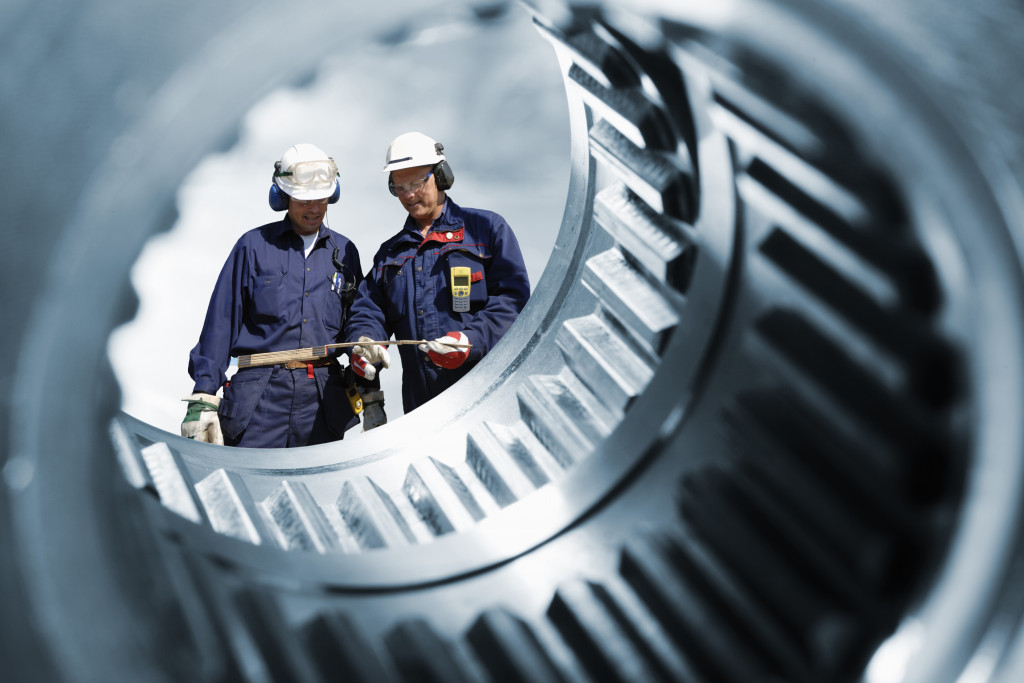• Understand the regulations and requirements set out by the FAA, EASA, ICAO, and NAA for aircraft parts.
• Familiarize yourself with the different aircraft and parts that are used in the aviation industry.
• Attend trade shows and industry events to network with manufacturers, suppliers, distributors, and other professionals.
• Build a strong reputation by providing quality service and products, maintaining open communication with customers, and staying up-to-date on the latest trends and regulations.
Are you thinking of entering the aircraft parts selling a business? If so, you should know a few things before getting started. Selling aircraft parts can be a highly rewarding career that allows you to work in a dynamic industry and significantly contributes to the aviation world.
According to a study, the global aircraft parts market is expected to grow by around $ 10 billion between 2020 and 2027. Although this is a lucrative opportunity, it’s essential to thoroughly understand the process and the industry before diving in headfirst.
Understand the Regulations
The aircraft parts industry is highly regulated and requires specific certifications to sell certain parts. Before starting to sell aircraft parts, you must thoroughly understand the regulations set out by the following organizations:
- The Federal Aviation Administration (FAA)
- The European Aviation Safety Agency (EASA)
- International Civil Aviation Organization (ICAO)
- National Airworthiness Authorities (NAA)
Here are the regulations that should be understood:
Regulations on Airworthiness
This regulation sets the airworthiness standards that aircraft must comply with to be safe and fit for service. The regulation covers materials and parts, manufacturing, operations, aircraft inspections, and other important aspects.
Regulations on Aircraft Maintenance
This regulation outlines the safety procedures manufacturers must follow for all aircraft maintenance, repair, and alterations. It also contains inspection requirements for components such as engines, propellers, and electrical systems.
Regulations on Air Traffic Services
This set of regulations ensures the safe and efficient operation of the airspace system by setting out plans for navigation services per international agreements. The regulations guide flight information, alerting, air traffic advisory services, etc.

Familiarize Yourself with the Industry
Aircraft parts selling is a highly specialized industry, so it’s essential to understand the different types of aircraft and the parts used on them. Familiarize yourself with the following:
Aircraft Type
The aviation industry has different types of aircraft, such as commercial airliners, military aircraft, private jets, and helicopters. Each type of aircraft has its own unique parts and components.
Different Components
It’s important to understand the different parts and components used in aircraft. This includes engines, propellers, avionics, landing gear, airframes, etc. If you are not well-versed in the industry, seeking advice from an experienced professional is best.
Attend Trade Shows and Industry Events
Going to trade shows and industry events is a great way to get an overview of the aircraft parts market. These events allow you to meet with manufacturers, suppliers, distributors, and other professionals who are involved in the industry. It’s also a good opportunity to network and make contacts that can help you get started in the business.
Build a Strong Reputation:
Success in the aircraft parts industry is built on relationships and reputation. To establish yourself in the field, it’s essential to build a strong reputation by doing the following:
- Build a strong customer base by providing quality service and products
- Maintain open communication with customers
- Develop relationships with key suppliers, distributors, and other industry players
- Stay up-to-date on the latest trends and regulations in the field
- Provide excellent customer service
- Deliver quality parts on time
- Maintain a high level of professionalism and integrity
Warehouse Considerations
Of course, you will need a place to store the parts. Your warehouse should be equipped with the following:
A Security System
Aircraft parts are highly expensive and sensitive components, so it’s essential to have a secure warehouse. A security system with cameras and alarms will protect your inventory from theft and damage. Additionally, make sure that surveillance is monitored 24/7 to ensure maximum security.
A Climate Control System
Aircraft parts are highly sensitive to temperature and humidity changes, so having the right climate control system in place is essential. This will protect your inventory from mold, mildew, and corrosion. It is ideal to have a temperature range of 55-70 degrees Fahrenheit and a humidity level of 40-50%.
Parts Storage System

You should also have a well-organized parts storage system in place. This will help you keep track of inventory and prevent delays when fulfilling orders. Invest in racks, shelving units, bins, and other storage systems that can ensure the safe keeping of your parts. For instance, a helicopter part storage system should have a separate section for each type and size of helicopter parts. This is to help you easily identify and locate the parts when needed.
Adequate Storage Space
Aircraft parts are large and bulky, so it’s important to have adequate storage space. Ensure there is enough room to store the parts while keeping everything organized. A high ceiling and wide aisles are also beneficial to facilitate the movement of forklifts, pallet jacks, and other moving equipment.
Building a successful business in the aircraft parts industry requires knowledge, experience, and hard work. By understanding the regulations and familiarizing yourself with the industry, you can develop a successful business quickly.

